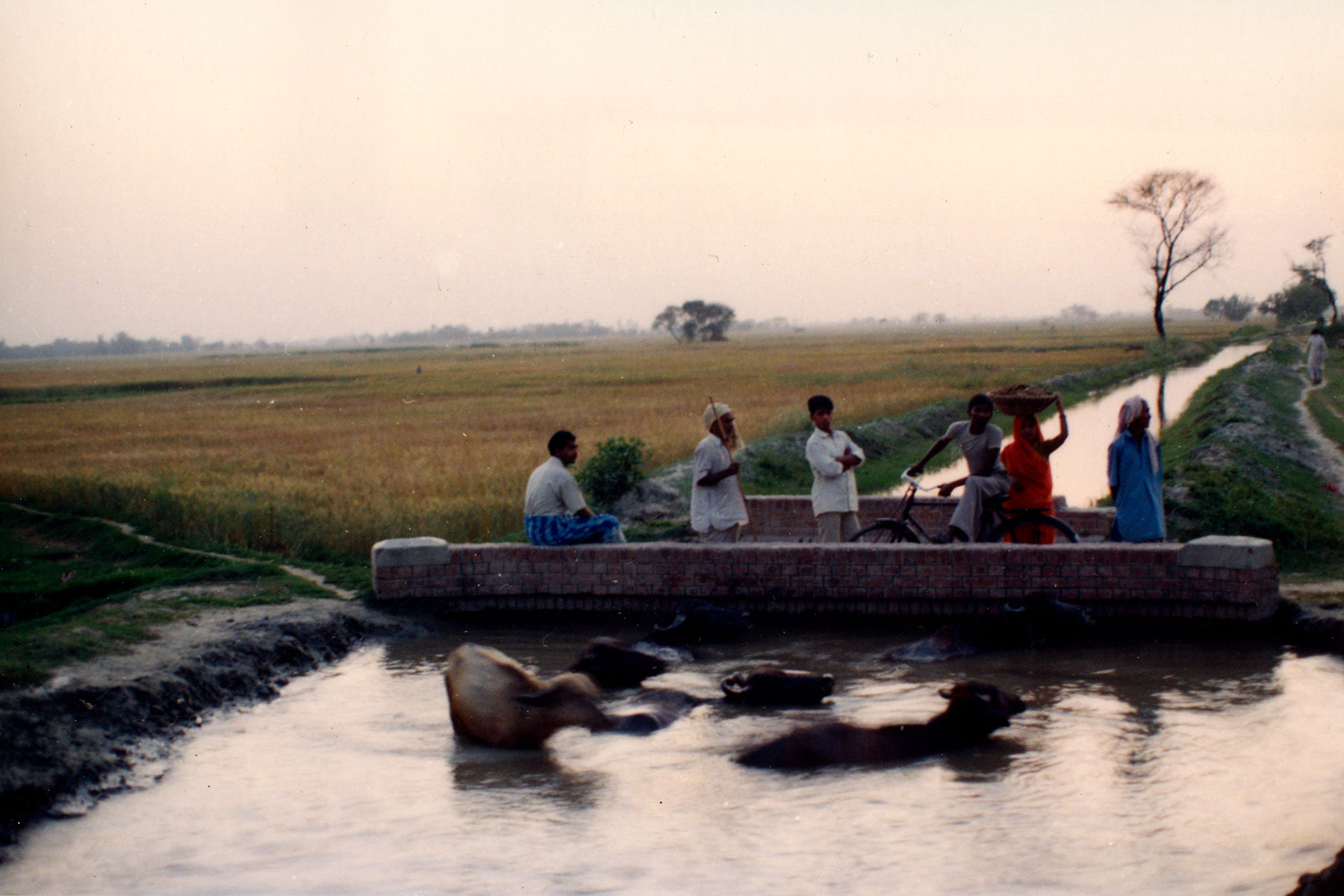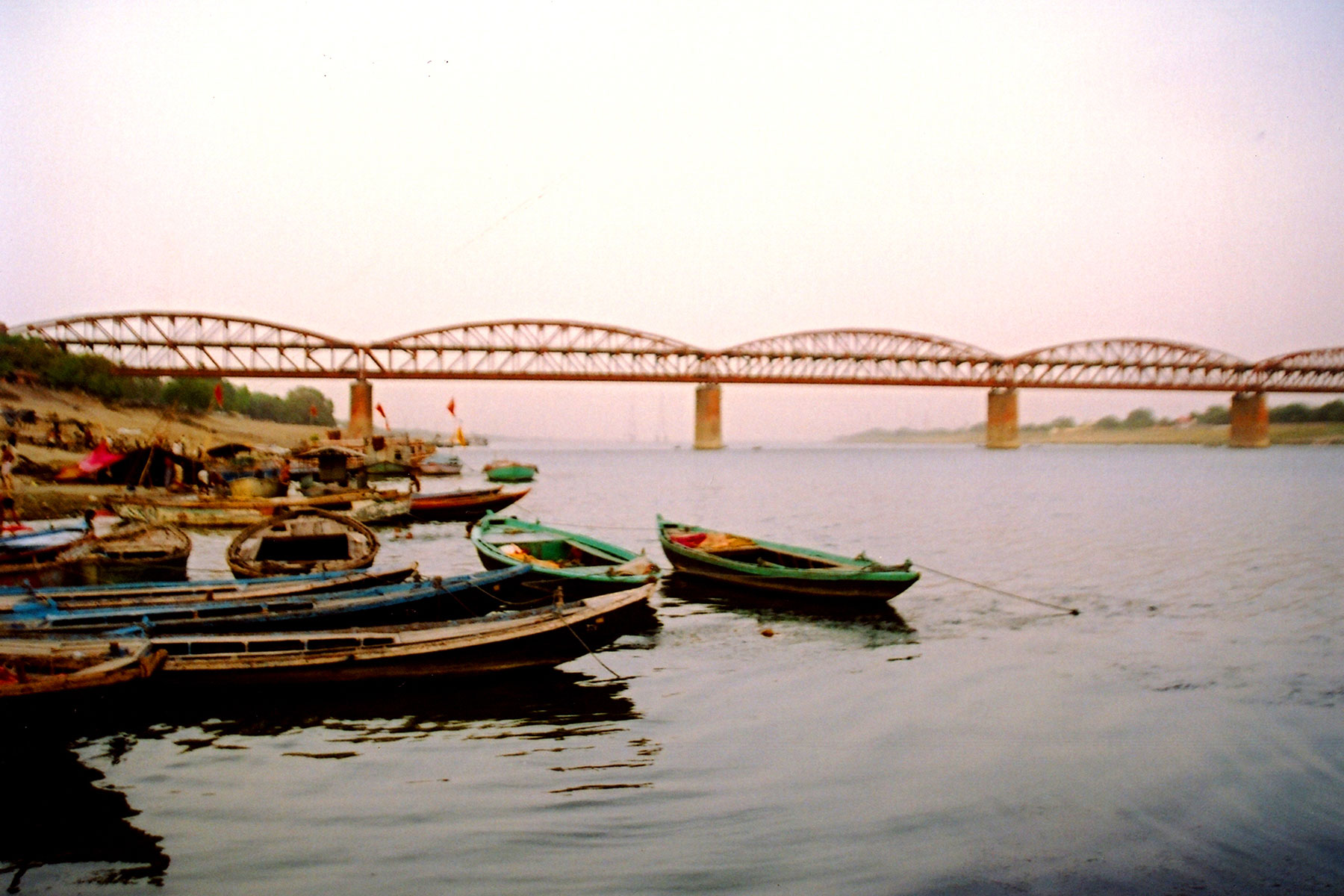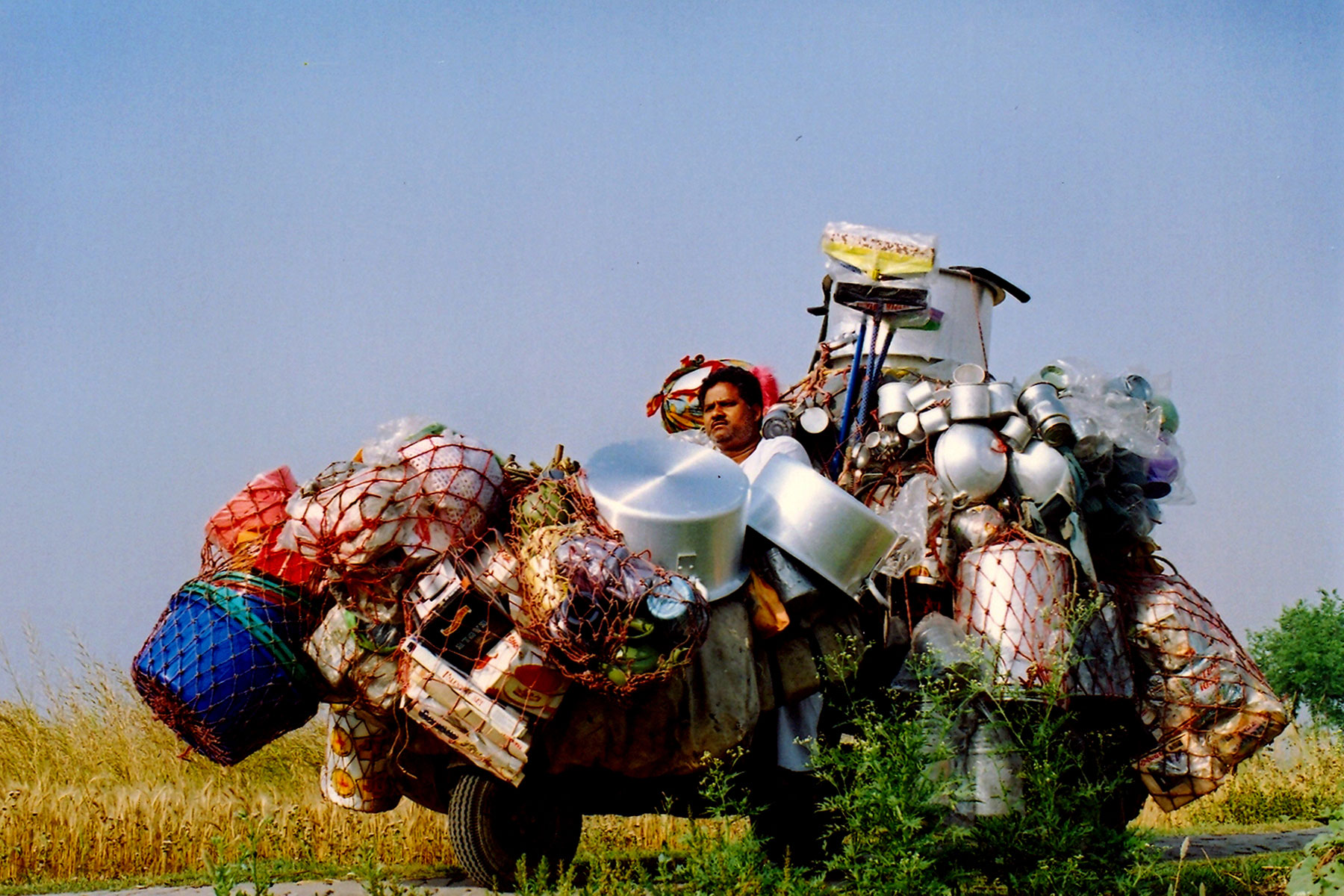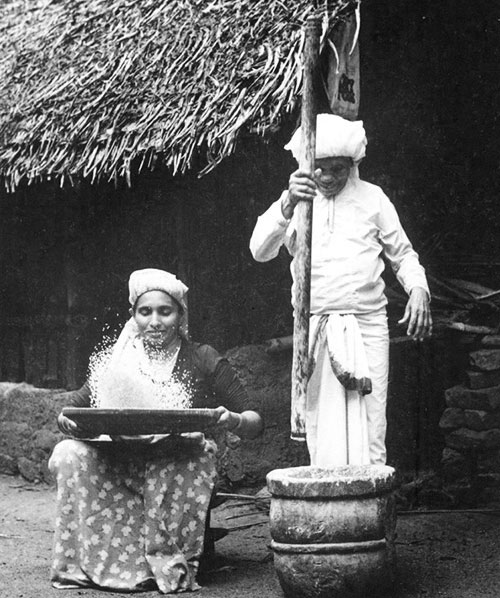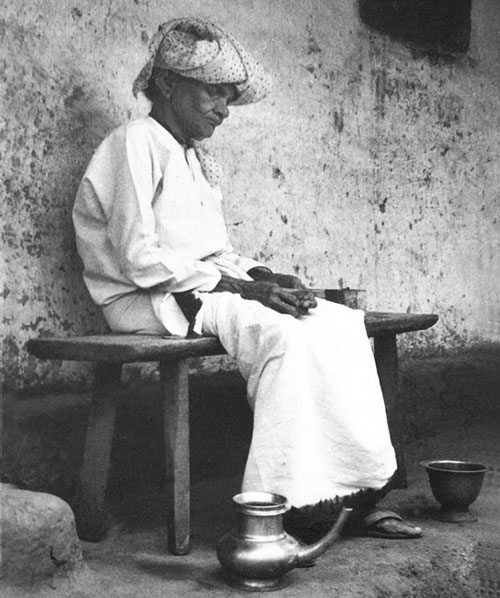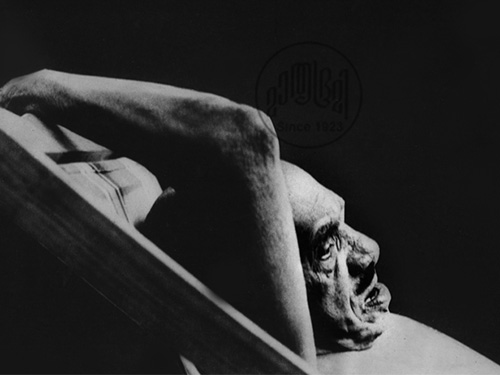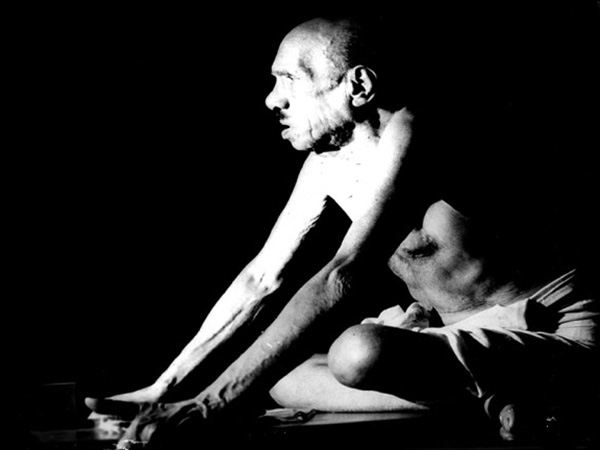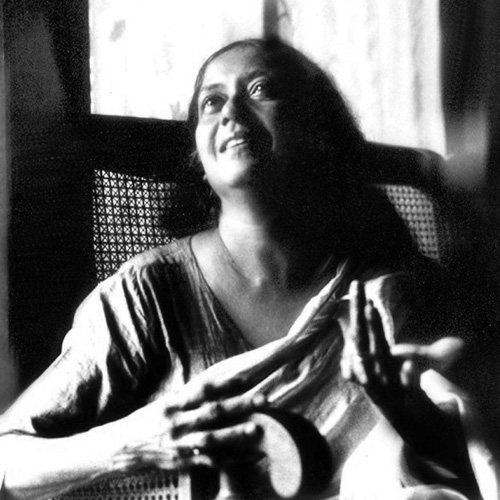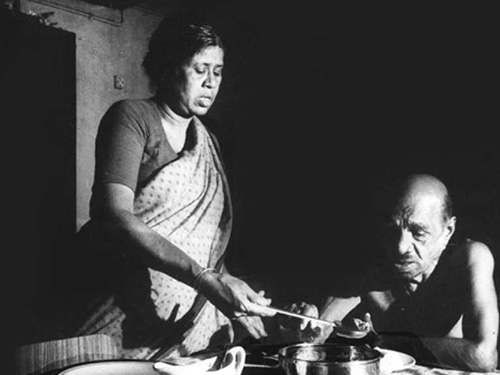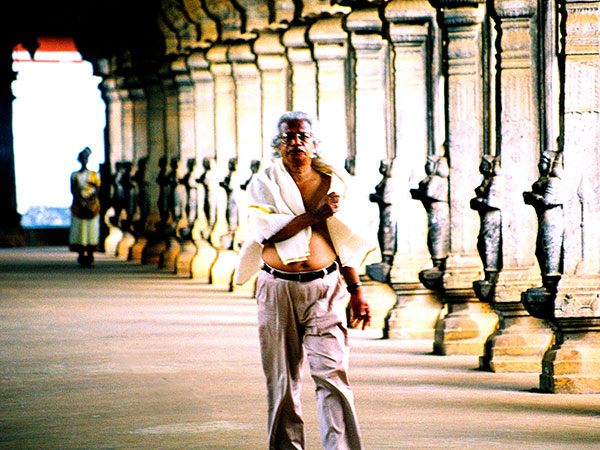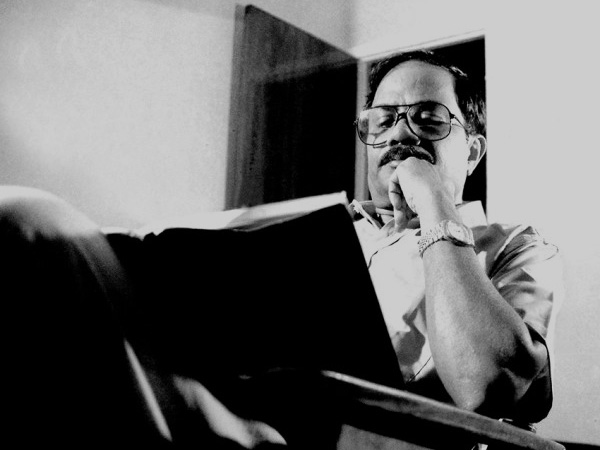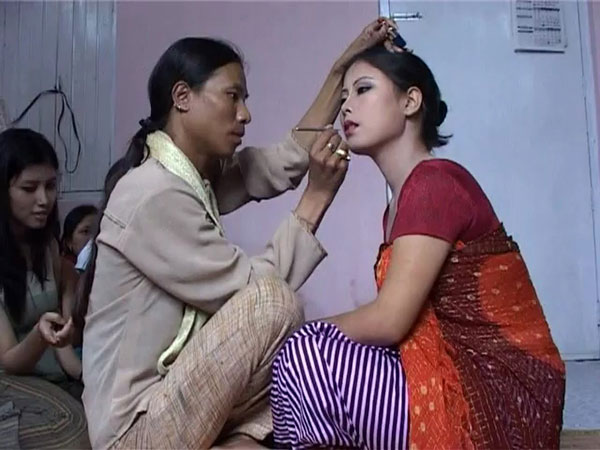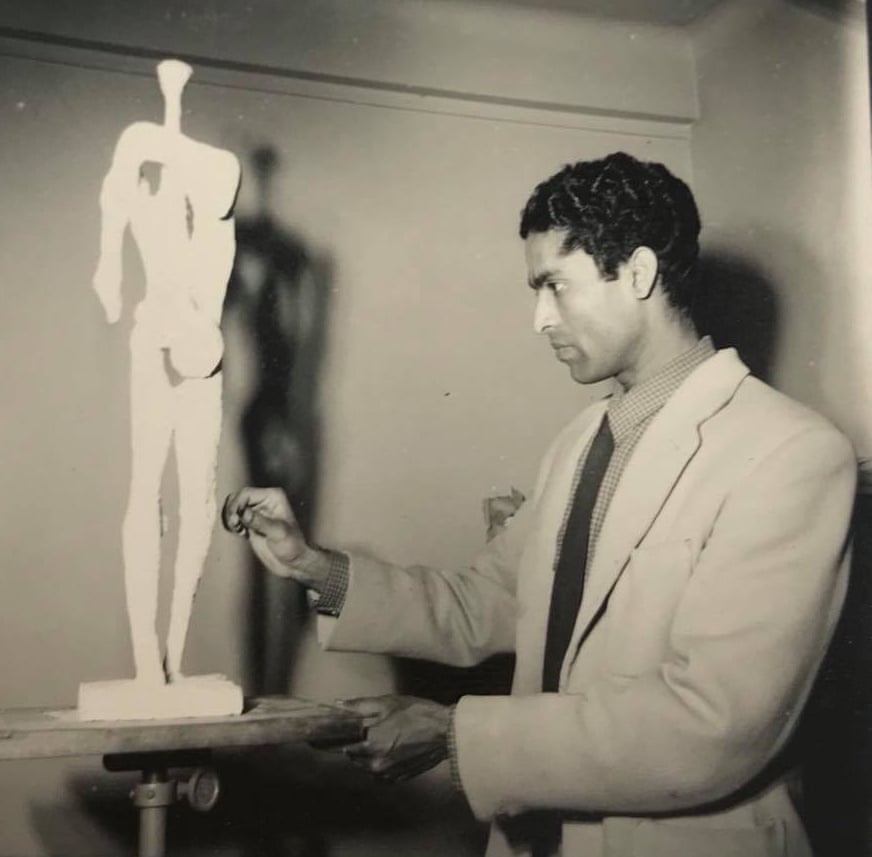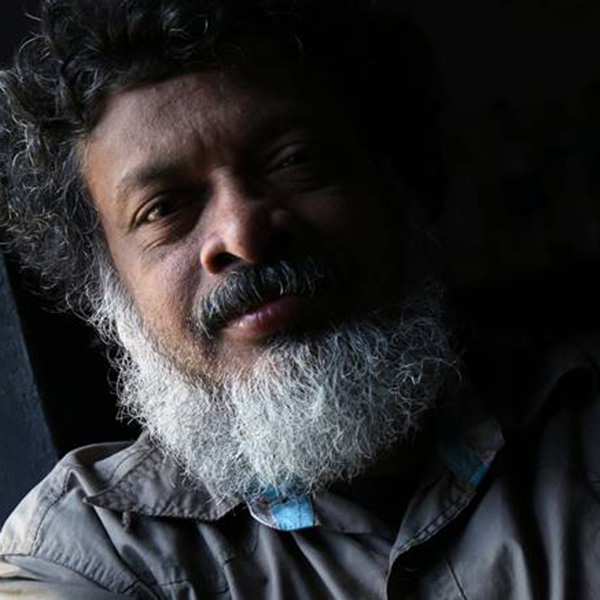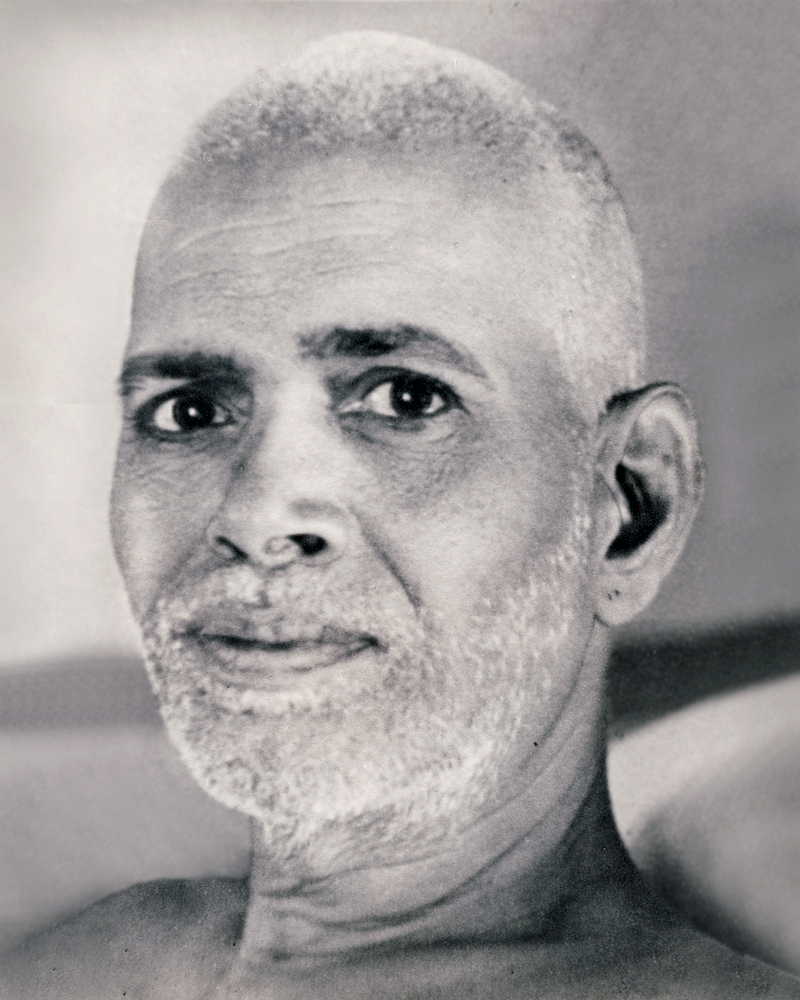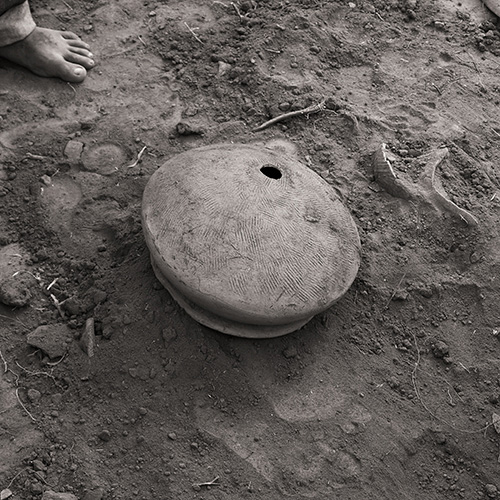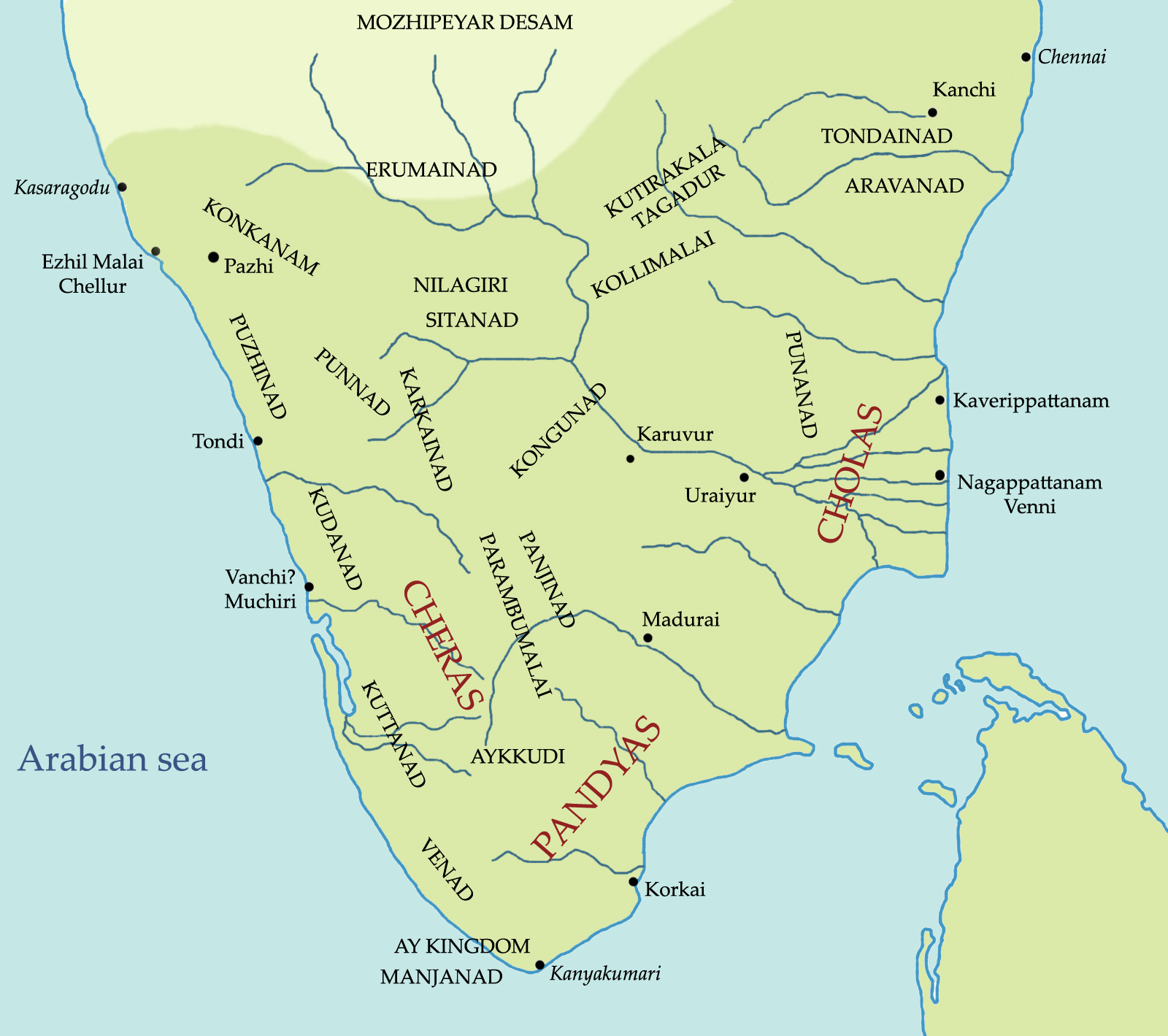Memory
History
Photo Mail remembers
Photographers and
Their contribution
As well as tunes into
The historical perspectives that
Influence contemporary
Photographic practice and
Its aesthetics
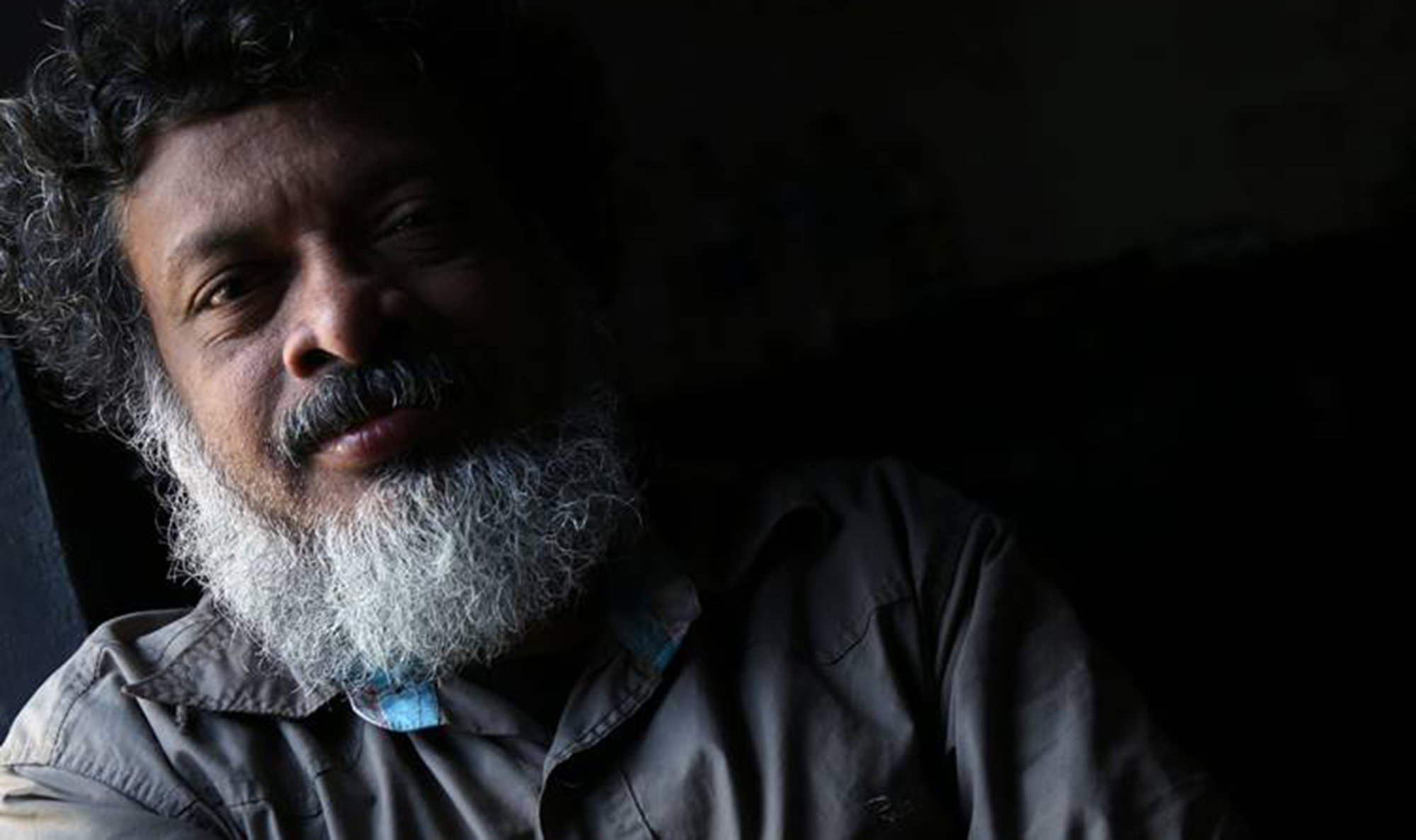
Razak Kottakal © Ajeeb Komachi
The recent history of Kerala (the history of the Malayalam-speaking people, to be precise) is well documented, especially the nuances of the particular kind of Modernity that struck this region in the 20th century; when an advent of Leftist politics coupled with emerging intellectuals from among the people contributed to the development of a society that is today regarded as one of the most progressive societies in the country, notwithstanding multiple problems that Malayalis face and exhibit. We speak of communist leaders, generally left-leaning intellectuals, and of the idealist revolutionaries, all of whom outwardly advocate an egalitarian and anti-casteist, secular society.
The effect on arts was also visible. Cinema and literature became the choice media for a broad style rooted in immediate reality, and subsequently, they became the choice tools for reforming the Malayali psyche too, with varying degrees of success. In this aspect too, the casteist and misogynist undercurrents and the political and aesthetic shortcomings in the works of different accepted greats have been brought out and analysed with respect to reality, but what has entirely been eschewed is a discussion of the photography of this era; which is somewhat ironic, considering that photography should have been the most apt medium for a social documentary expression. Instead, we have mistaken photographs for reality, and shown utter disregard for the expression of artists like Razak Kottakkal – however unconscious such expressions may have been.
Varanasi © Razak Kottakal at Banaras. Courtesy: Joshy Joseph
Razak Kottakkal was born in Wayanad in 1959. The “Kottakkal” in his name came after he set up his studio there, before which he had worked as a darkroom assistant in Mumbai and learnt the craft. Razak began by taking up commercial assignments, before branching out into different areas and genres, all of them broadly falling under the category of social documentation. He was acquainted and associated with the generation of artists who were dominating the era, and is remembered by many among them both as a friend and as a photographer. He had since entered the Malayali subconscious through his many iconic photographs, before passing away in 2014 after prolonged illness.
Razak’s photographs of Basheer is almost as famous as Basheer himself; anybody who is familiar to a minimum extent with Modern Malayalam literature would have encountered at least a few of Razak’s portraits of literary figures, without knowing the name of the photographer – mostly because the photographer is considered secondary to the subject in such cases. Different aspects of Razak’s life have entered public record, through interviews of his contemporaries, family, colleagues, and subjects. Yet, for all the wealth of information that such records provide, they are hard reminders that photographers are barely understood beyond superficial labels. Despite being acclaimed as a documentarian figure, his work lies scattered and inaccessible today, defeating the very purpose of documentation. Among the ones that have been preserved in some way, the focus is almost unanimously on the subject. His commissioned works, unless they are film stills, find almost no space anywhere, despite the status that Razak has gone on to acquire. In contrast, we see the most casual of sketches or drawings by some artists being preserved.
Malappuram © Razak Kottakal
There is little need to recount the life story of Razak Kottakkal. Much of it is available online and in print. We shall restrict ourselves to the aspects of his life which would help us in understanding his photography better. In the beginning of this discussion, it is important to acknowledge that, for all his merits, Razak’s work can never be considered the ideal of technical perfection in photography. Publicly available digital images of his photographs betray signs of overexposure and over development of film (a significant portion of his work was in monochrome film), with no details in the highlights, and inconsistent blacks; it is possible that these are due to bad scanning technique. Beyond this, there are multiple signs in his images that show a discomfort in representing anatomy and architecture, and an overly simplistic approach towards composition, among other drawbacks. Interestingly, such formal “faults” were almost like a signature of the Modern cinema and literature, where beauty of meaning seems to have been given precedence over all other aspects.
Razak’s photographs shared the aesthetics of contemporary cinema and literature at deeper levels. The interests of the artist were more or less humanitarian. Identification, for instance, was restricted to the idea of likeness. The point of view was almost always an outsider’s. What little abstraction was there was purely literary. The content of his images are descriptive, conveying literary ideas and literary notions of beauty. The power of such seemingly simple and limited things lay in the immediacy that the photographs provided to the spaces and people that Malayali discourses of the time were concerned with.
Described by his acquaintances as a well-read anarchist, maverick, and alcoholic, Razak’s visual and reading culture seems to be aligned with the intelligentsia of the time. He was familiar with the photographic works of Ansel Adams and Raghu Rai, both of whom he held in high regard, and with the cinema of Tarkovsky, Bergman, and Kieslowski and the likes. The spirit of rebellion which took him from a conservative Muslim family to a radical lifestyle is also noted. His wife attests to the fact that he loved Ghazals and semi-classical cinema music. He named his studio “Clint,” after the much-hyped boy prodigy.
MT Vasudevan Nair, Adoor Gopalakrishnan, Basheer and Kamala Das © Razak Kottakkal. Courtesy: Joshy Joseph
The “anarchist” in him is nearly invisible in his photographic works. What we see is a conformism of a different kind, where he accepts the greatness of a different set of values and worships them to no end. Literary figures, and other artistic figures, in his images are romanticized and elevated to higher planes – and it is this aspect of his works that is celebrated the most. Other images too employ such reductions, in multiple manners, and in nearly every image, the subject is singular, with no undercurrents of any sort.
Actually, the “anarchy” of his life was at best a selective rebellion, where cultural conventions and certain particular conformity were discarded. However, in Razak’s art and life, such rejections gave life to a different set of conventions and notions. The parallel with the socialist schools of thought and Malayali society as a whole is undeniable; Karl Marx, Che Guevara, EMS, Narayana Guru, alcoholism, cinema, literature, travel, love, engineering, Gulf, Bombay, and so on and on were new ideals that different classes and castes of people aspired to or were inspired by.
None of this is meant to take away from the value of Razak’s works. Instead, such perspectives should only serve to contextualize his works better. His dependence of telephoto lenses for street photographs, the indoor portraits with catchy lighting, the scenic landscapes, photographs of gatherings of personalities, photographs of houses and family of personalities, and the multiple other labels that describe his work can all be explained by considering his work in relation to the social circumstances of the period. Indeed, this can be applied even to his stills for cinema, and his commercial assignments.
Working stills from the documentary ‘Making the Face.’ Cinematography by Razak Kottakkal
There is one aspect of his art that this does not cover, and that is his cinematography. In his cinematographic works, we find a rejection of many of his photographic principles. His compositions are purposeful and forceful, with judicious employment of fluid camera movement. The tightness of cinematic space is commendable, as compared to the rather lax treatment of space and proximity in his photographs. Razak’s cinematography shows none of his seeming discomfort with human bodies; the Joshy Joseph documentaries ‘Making the Face’ (co-directed with Suvendu Chatterjee) and ‘One Day in the Life of a Hangman’ attest to this. The sense of closeness evoked by his handheld camera in these two documentaries has not been achieved by most other Malayali cinematographers. These works, and Razak’s other collaborations with Joshy Joseph, such as ‘Statusquo’ and the feature film ‘Imaginary Line,’ serve as a reminder of the limitation of the Malayalam cinema language in terms of composition, lighting, space, colour, and movement. It is unclear, of course, how much credit can truly be given to Razak and how much to Joshy Joseph, but on record, it remains Razak’s cinematography.
This transformation that Razak’s language underwent while transitioning from photography to cinematography hasn’t been fully understood or appreciated. Perhaps it is simply because Razak understood the possibilities of cinema better.
Razak Kottakkal has been a victim, of sorts, of the Malayali society’s attitude towards photography. The expression in his images has been disregarded, and images themselves have been attributed a glossiness that is to be admired from a distance, and not approached or entered. The aesthetic still survives; there are numerous photographers who approach subjects the way Razak did, be it lensing, compositions, lighting or choice of subjects, and this can be put down to a tradition in Malayali photography that perhaps began from Zachariah D’Cruz, or even before. However, the aesthetic is misunderstood or not understood, as is the photographer. This is best illustrated by the fact that photographs taken by Razak’s contemporaries are sometimes attributed to Razak, despite being widely different in style; this highlights a lack of knowledge of the visual language, and to the general nonchalant attitude towards photographers. Most of his photographs were commissioned by high-profile magazines and leading agencies, who often do not credit the photographer, contributing to the confusion.
In this time and age, it should be considered unnecessary to emphasize the importance of preserving photographs. Unfortunately, photography as a medium has been little understood in this part of the world, and the irony of Razak being remembered through oral and literary anecdotes is testament to that. Many of his iconic images may be forever lost. Hardly any steps are being taken to archive the works of contemporary photographers, and it is pertinent for the government to support such initiatives, and by not archiving the work of Razak, we have lost the chance to retrospectively gaze at figures and moments of the period from a unique viewpoint – that of Razak himself. Efforts made by organizations such as Lalita Kala Academy in commemorating such photographers should be taken further, and developed into a consolidated effort to preserve photographs and support the photographer; and these efforts need not wait until the photographer is no more.
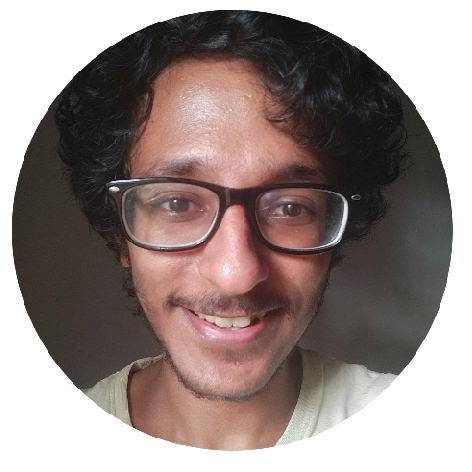
Arjun Ramachandran is a visual communication student and photographer, with interests in cinema and literature.
Published on April 2, 2018
Share
Related Articles
An Enigma Held in High Disregard, or KRISHNA REDDY
Krishna Reddy’s engagements and activism during his youth was informed by a compulsion to overturn the established order. The Indian struggle for independence was gaining momentum during this period, with Mahatma Gandhi calling for the complete end to British rule in India – and Reddy joined the protests. Following Reddy’s involvement with the Quit India Movement, for which he printed hundreds of posters and was jailed a couple of times, he moved to Santiniketan – where, under the tutelage of Nandalal Bose, Benode Behari Mukherjee, and Ramkinkar Baij, he studied sculpture and water colour.
Representations of an Ethos: Razak Kottakkal
Razak Kottakal’s photographs of Basheer is almost as famous as Basheer himself; anybody who is familiar to a minimum extent with Modern Malayalam literature would have encountered at least a few of Razak’s portraits of literary figures, without knowing the name of the photographer – mostly because the photographer is considered secondary to the subject in such cases. Different aspects of Razak’s life have entered public record, through interviews of his contemporaries, family, colleagues, and subjects. Yet, for all the wealth of information that such records provide, they are hard reminders that photographers are barely understood beyond superficial labels.
Living Pictures – the “Mani Bust”
In 1930,PRS Mani Iyer became the first official photographer of Ramana. His portrait of Ramana, commonly known as “Mani Bust”, became the most popular photo, widely circulated and worshiped by millions from across the world. Very little is known about this master photographer and his other photographs that he had taken while he was working as an Executive photographer at Modern Theaters, Salem.
MuchiRi (MusiRi) in Ancient Tamil Texts and Tamil Tradition
In the Early Historic (Sangam Age) Tamil country (comprising modern Tamil Nadu and Kerala), numerous developments, including the composition of Tamil texts and the emergence of port towns along the coast . The Early Historic period is placed between third century BCE and third century CE. MuchiRi or MusiRi was an Early Historic port town on the Kerala coast of India, and the town was under the control of the Chera vEntars (a political power) .
Project 365 tri-sangam ports Tyndis, Muziris and Korkai
Such a photographic mapping, done with the awareness of our history and culture, would be valuable in many ways including its political and cultural aspects of our contemporaneity. The concept of EtP, ancient India in contemporary times, is counter posing our past and present in a new perspective. The blend of history and art is not in vogue in our ego driven market world of art and culture. It is in this situation that the project marks its significance in the photographic history of South Asia.


